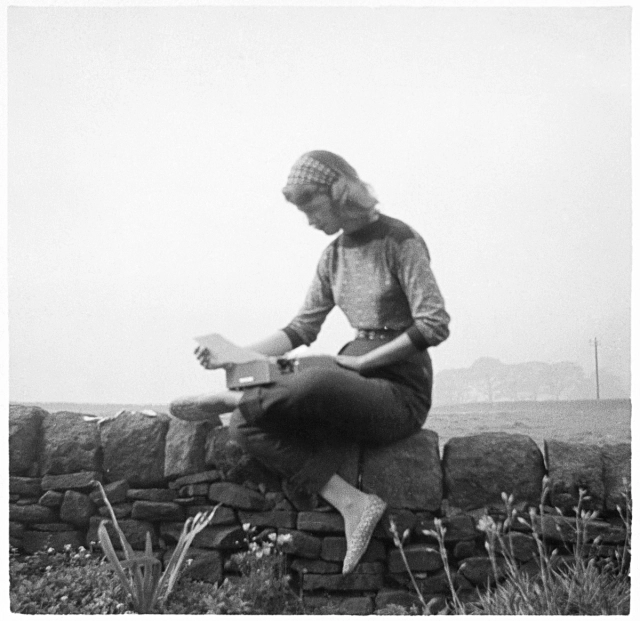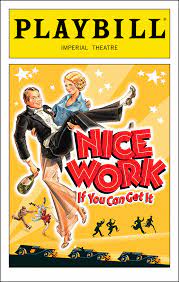60 Years Since Sylvia Plath: Remembering a Female Time Capsule
“I am, I am, I am.”
The name Sylvia Plath brings to mind images of femininity, tragedy, dismal reality, and fervid hope. Plath lived from October 17th, 1932 to February 11th, 1963, passing away when she was only 31 years old. The majority of her work—first as an American Poet and later as a novelist— captured her life in her twenties in a beautifully haunting bundle of themes such as maternity and love. As a prominent “confessional poet,” (those who write in direct, colloquial speech rhythms, utilizing images that reflect intense psychological experiences) Plath published two major works: a work of fictional prose, The Bell Jar, and a collection of poems entitled The Colossus. Other notable works include Ariel and Lady Lazarus—both works of poetry.
I first became aware of Sylvia Plath last year when I chose The Bell Jar for my independent study. Admittedly, I wasn’t blown away by the book the first time I read it; I constantly found myself asking “where is this going?” and when I found out the answer to that question by the end, I wasn’t fully satisfied. But my review doesn’t end there. What I learned in the months that followed completely changed my perspective on Plath, and appropriately raised her to the top of the leaderboard for my favorite authors.
In doing research for my paper on The Bell Jar, I discovered that The Bell Jar is in fact a thinly-veiled autobiography, which Plath originally published under the pseudonym Victoria Lucas. It led me to wonder, why publish under a pseudonym? Most writers publish under a pseudonym when they have something to say that may be controversial to their family and friends, or society at large. They may also just want to keep their writing separate from their real life in attempts to protect their privacy. For Plath, both of these elements were the case. Not only did the novel illustrate the less-favorable characteristics of characters almost exactly like individuals she knew during her life, but it also captured her experience with depression and what modern psychologists identify as bipolar disorder. The Bell Jar was later released posthumously under her real name, and eventually accredited her with one of the most famous established works of literature to capture the demonstrably unpolished experience of mental disorders.
Again, Plath was a poet before she wrote The Bell Jar. This bit of history filled in the missing pieces from both my experience reading The Bell Jar and my understanding of Plath’s life. The Bell Jar is ridden with imagery and symbols, not to mention a stream of conscious writing that could have passed for an epic-style poem. The Bell Jar’s narrative style is never explicit; Plath wrote the story to write her life and capture the maternal warfare of a twenty-year-old woman in the fifties. Much like poetry, Plath never tells the reader what to gather from (what is now revealed to be) her life, but offers it for the personal purpose of understanding her own life. Readers might then feel set on the outside, but the narrative alliance between Plath’s protagonist, Esther Greenwood, is nevertheless twistedly irresistible and undeniable. Esther/Sylvia’s hardships echo the struggle for female autonomy existing on the cusp of the Women’s Liberation Movement. The Women’s Liberation Movement gained strength in the sixties with the goal of “equal pay for equal work, an end to domestic violence, curtailment of severe limits on women in managerial jobs, an end to sexual harassment, and sharing of responsibility for housework and child rearing”(Walsh). Many sentiments from the movement still exist today in the push for equal rights and personal freedom for women. As such, Plath’s work acts as a place of refuge for similar thoughts and feelings of any woman in the modern world. Plath’s writing captures a perspective that’s worth reading for anyone willing to understand the uncensored narrative of a woman.
It’s now been 60 years since Sylvia Plath, very unfortunately, took her own life. She is remembered as not just a genre trailblazer, an ingenious writer, and a voice for unwritten narratives, but also as a reminder to follow the spirited voice of our own unbridled passions that allow us to truly feel our lives. Because amidst Plath’s deeply troubled life, it was when she “felt (her) lungs inflate with the onrush of scenery–the air, mountains, trees, people,” that she thought “This is what it is to be happy.”
Works Cited
Poetry Foundation. “Sylvia Plath.” Poetry Foundation, 2023, www.poetryfoundation.org/poets/sylvia-plath. Accessed 6 Feb. 2023.
Walsh, Kenneth T. “The 1960s: A Decade of Change for Women.” U.S. News, 10 Mar. 2010, www.usnews.com/news/articles/2010/03/12/the-1960s-a-decade-of-change-for-women#:~:text=Gradually%2C%20Americans%20came%20to%20accept,for%20housework%20and%20child%20rearing.%20. Accessed 6 Feb. 2023.











